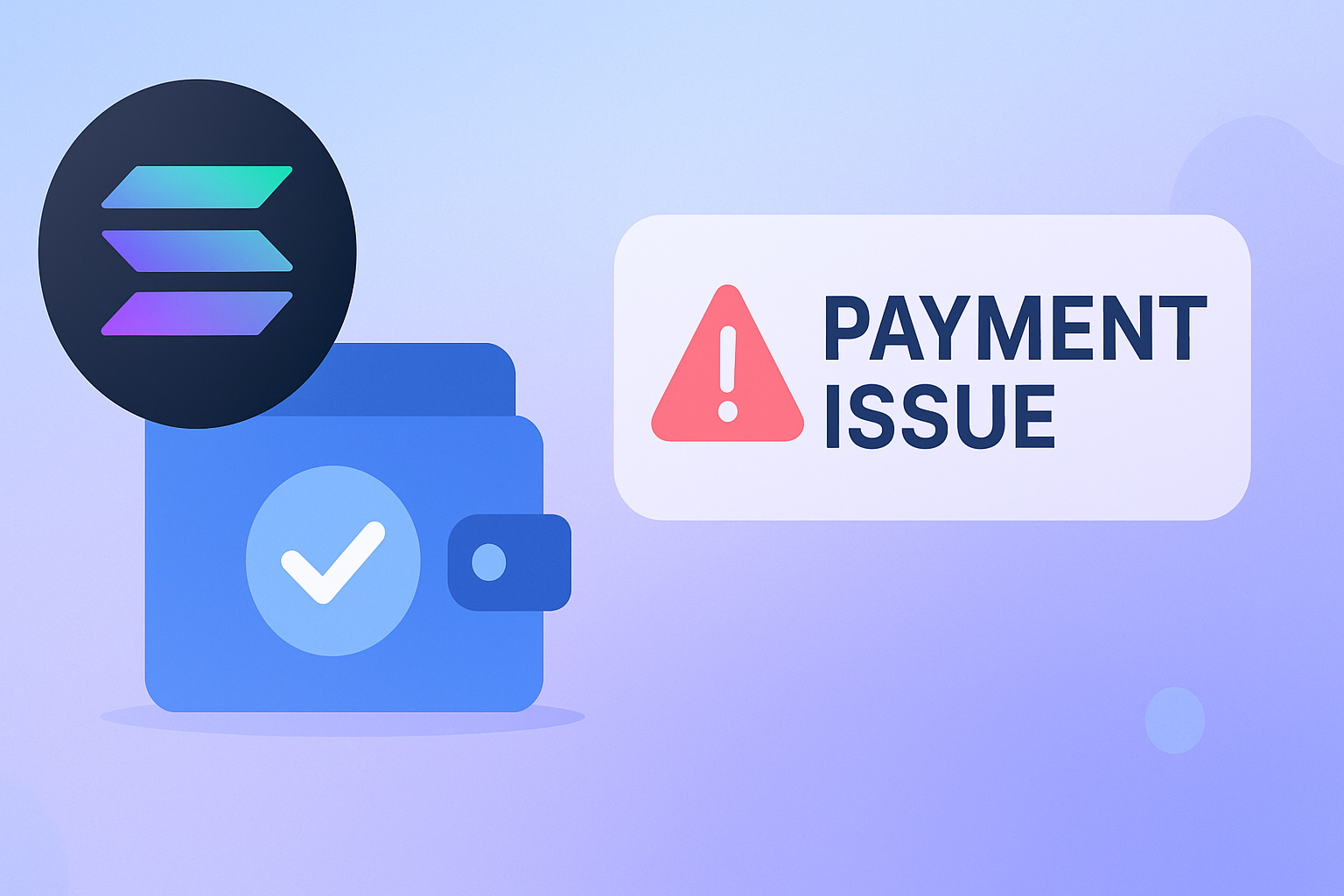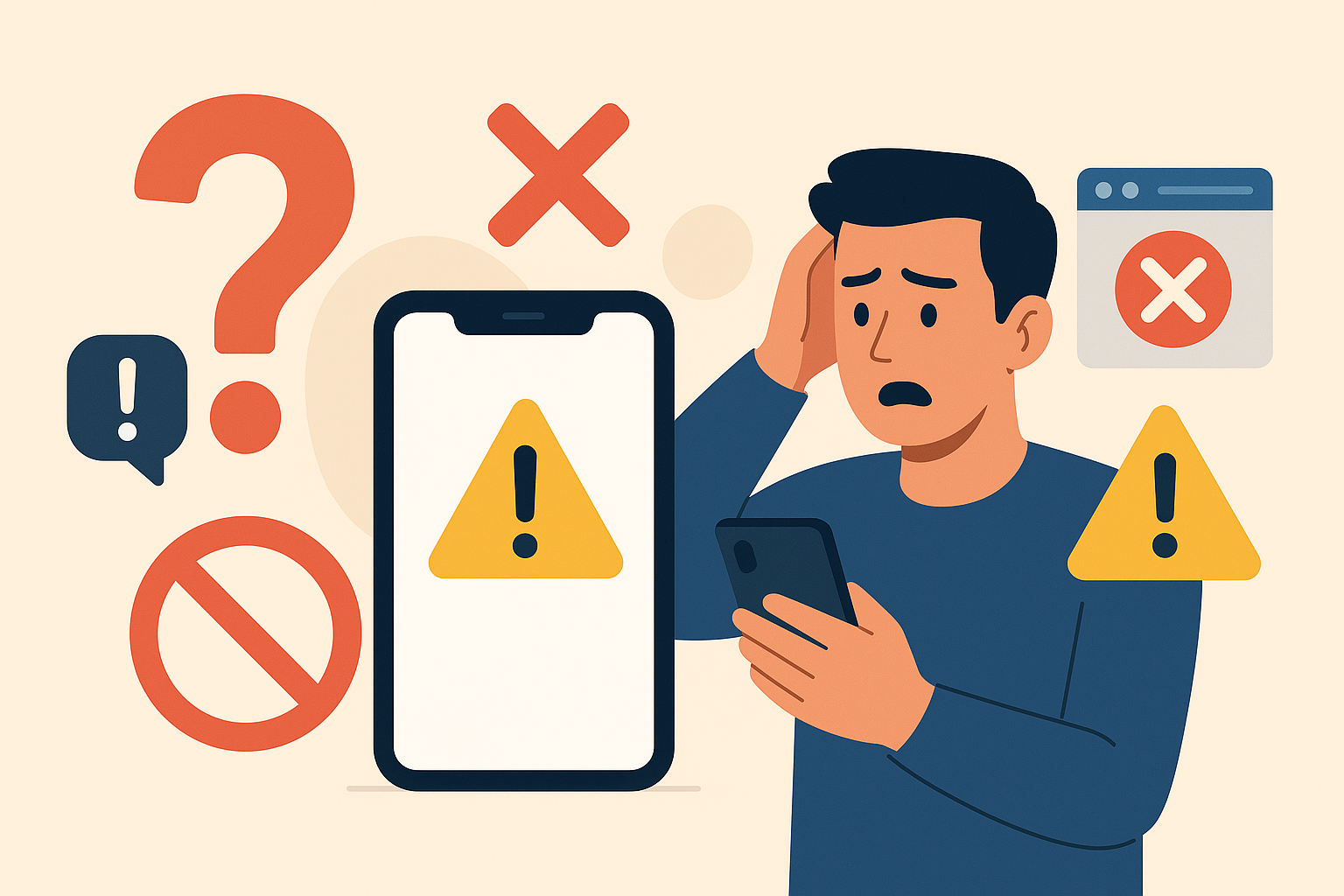Introduction
For people who use anti-detect browsers, for example when managing multiple social media accounts, online privacy is crucial. These browsers promise anonymity and protection from tracking, and to prevent multiple profiles being banned by virtue of one being banned. But, there's one challenge that's really tough: managing your canvas fingerprint. In this article, we'll explain why changing your canvas fingerprint is so difficult, and how changing it can actually make you more detectable.
Understanding canvas fingerprinting
Canvas fingerprinting is a sneaky way that websites use to figure out who you are without asking. It works by checking how your device makes pictures and words on a webpage using something called HTML5 canvas. When you visit a website that does this, your browser secretly makes a special picture. The tiny differences in how your device makes that picture create a unique digital "fingerprint" for your device. This fingerprint is used to keep track of you as you go to different websites, even if you've tried to hide from them.
Where can I see my canvas fingerprint?
BrowserLeaks have a great tool to see, and compare, your browser fingerprint: https://browserleaks.com/canvas
Initially, there are two things you want to focus on:
- The signature, e.g.: “C6DA1A6AA007C2CD19061372A85C5627”
- The uniqueness, e.g. “99.96% (43 of 105821 user agents have the same signature)”
The signature is important because it allows you to verify whether you have successfully changed your browser profiles so they provide different hardware-level fingerprints.
The uniqueness is important to blend in. A 100% unique fingerprint is a dead giveaway that you are using an anti-detect browser. Why? Because a 100% unique fingerprint means that you device is totally unique in the world: meaning it was manufactured, assembled, and configured, in a totally unique way. This is impossible: there are only a certain number of motherboards, CPUs, GPUs, monitors, etc. that you can buy - and every combination is already known. A brand-new combination is impossible, unless you browser is fake (i.e. anti-detect).
It’s incredibly important that, if you change your signature, you change it to one that is not 100% unique. Additionally, you should take care to ensure that the “guess” that BrowserLeaks makes around your device/browser is similar to what you pretend to be - there is no point managing to fake a iOS fingerprint and then setting your User Agent to be Chrome on Android! It won’t add up.
Why shouldn't I just turn off canvas entirely?
Most anti-detect browsers offer three options:
- Noise - where they make your fingerprint 100% unique
- Real - where they don’t touch your fingerprint, and the website can see your real hardware fingerprint
- Off - where the canvas is disabled
The last option, off, is almost worst than noise. Noise has one benefit: unless a website or service builds a database of fingerprints, they can’t tell (in isolation) whether a given fingerprint is “real” or “noise” - however, it won’t take long to build such a database (a matter of days for a high traffic website).
However, setting it to “off” means that you are going to be unique in a whole new sense: your canvas is disabled. No browsers operate without a canvas, so you’ll stick out like a sore thumb.
How easy is it to change a canvas fingerprint?
Websites love using canvas fingerprints specifically because they are:
- Stuck to your device: canvas fingerprints are like a part of your device's brain and body. They aren't stored as files you can just delete or change easily. This makes it really hard to change or hide your canvas fingerprint.
- You don't control it: unlike cookies or things you can manage, canvas fingerprints are made and kept by your browser all by itself. You can't tell it what to do, which makes it even harder to change your fingerprint.
- Browsers act the same: web browsers work hard to make sure websites look the same for everyone, no matter what device or computer they use. This means they use similar rules to draw pictures and words on webpages. This also makes it tricky to change your canvas fingerprint on purpose.
- Always getting smarter: as time goes on, websites and advertisers are getting better at using canvas fingerprinting. They keep making it harder for people to change or hide their fingerprints. It's like a never-ending game of hide and seek!
- Privacy worries: canvas fingerprinting is a big concern for privacy. It sneaks around without asking you first, and websites can use it to know a lot about what you do online. This has led to discussions about rules to protect people's privacy online.
How to protect yourself
Even though changing your canvas fingerprint is virtually impossible, there are still some things you can do to stay safer while using anti-detect browsers for social media management:
Use trusty anti-detect browsers
Pick a good anti-detect browser known for caring about privacy and safety. They usually have tools to help stop fingerprinting. However, as above, use these feature wisely.
Use extensions in your regular browser
There are several extensions that block or add noise to your canvas to prevent basic detection. However, this will not stop a determined defender.
Remove patterns
If you're managing lots of social media accounts, try changing how your browser looks every once in a while. Change your screen resolution - do things that make you look like other users but not something that would make you unique (like installing a font). This can make it harder for websites to tell it's you.
Stay updated
Keep your browser up-to-date with the latest version, on the same release schedule as regular users. Running an old version runs the risk that as all other users upgrade, you get left behind and stand-out as a non-genuine user.
Conclusion
Changing your canvas fingerprint isn't easy, especially if you're using an anti-detect browser for social media management. It's like a puzzle that's really hard to solve. But by choosing a good browser, using helpful tools, and mixing things up a bit, you can make it more challenging for websites to track you. As people talk more about online privacy, we might see better ways to keep our online lives safe from fingerprinting in the future. Until then, stay curious and stay safe online!





